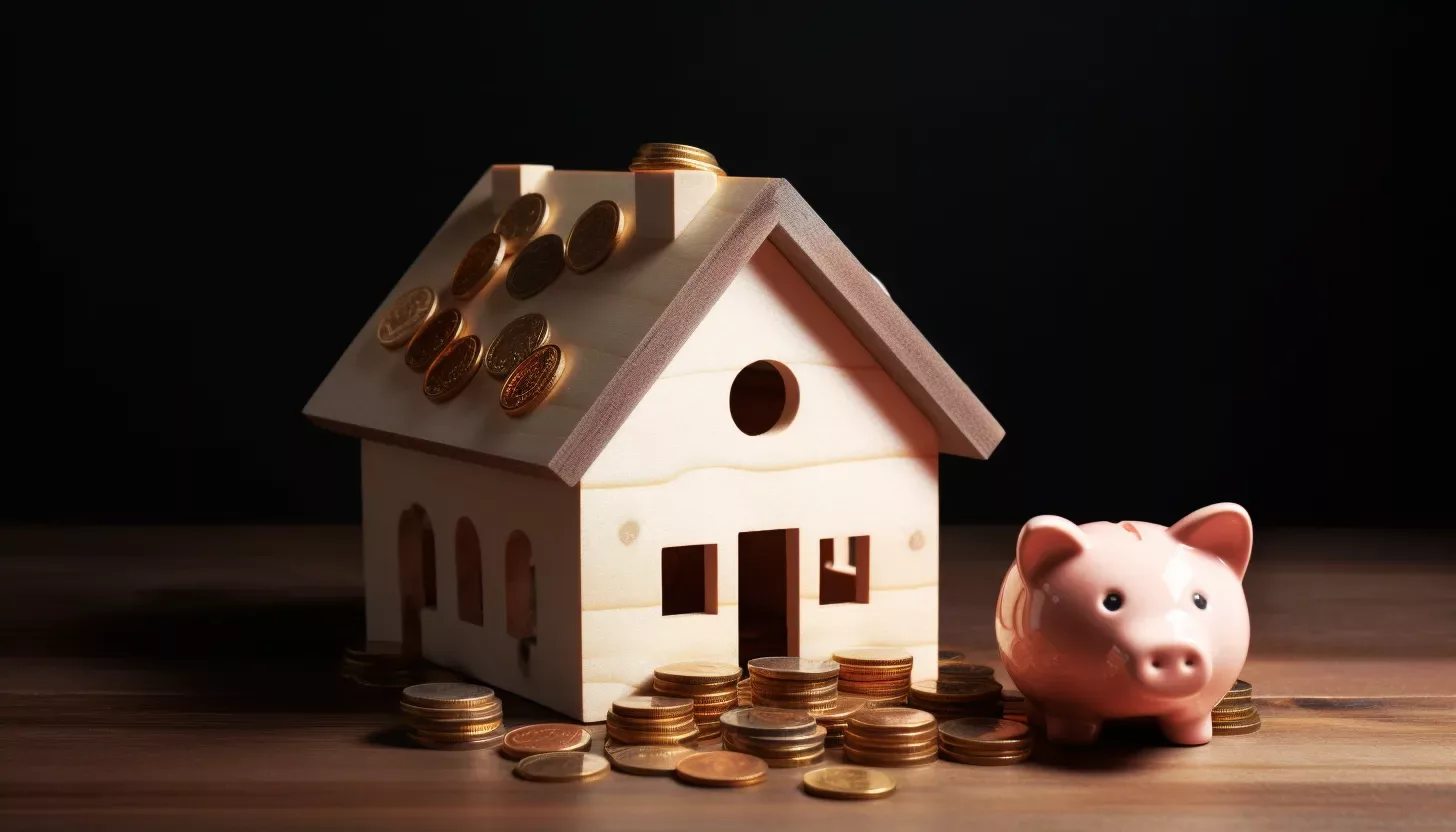How to Save for a Home Down Payment

For many individuals, purchasing a home is a significant milestone and often a testament to years of hard work and financial discipline. However, this achievement does not come easy. It usually requires a considerable amount of upfront savings for the down payment. This article outlines effective strategies to help you save for a home down payment.
Determine How Much You Need
Before embarking on your savings journey, you need to establish a clear target. Traditionally, it is advisable to aim for a down payment of 20% of the home's purchase price. However, this percentage can be lower or higher, depending on your financial capabilities, the type of loan you are considering, and the housing market conditions in your target area. Research and consultation with a financial advisor or mortgage broker will help you set an accurate target.
Create a Budget
A budget is a fundamental tool in your financial arsenal. It provides a detailed overview of your income, expenditures, and potential savings. In preparing your budget, scrutinize all income and expense categories, aiming to accurately understand where your money comes from and where it goes. With this understanding, you can make informed adjustments to increase savings, allocate more resources to your down payment fund, and expedite the achievement of your home ownership dream.
Set up a Dedicated Savings Account
Once you have identified potential savings in your budget, the next step is to create a separate savings account dedicated to accumulating your down payment. This strategy helps to separate your regular savings from your down payment fund, thus minimizing the temptation to dip into the fund for other expenses. Additionally, it allows for easier tracking of your progress and provides a psychological boost as you watch the account balance grow over time.
Automate Your Savings
With your dedicated savings account in place, automate your savings by setting up automatic transfers from your checking account to your down payment account. This "set and forget" strategy reduces the likelihood of missing a month of savings and ensures you are consistently growing your down payment fund.
Cut Back on Non-Essential Spending
Take a hard look at your spending habits and identify areas where you can cut back without drastically altering your lifestyle. Non-essential spending categories like dining out, entertainment, and vacations often provide opportunities for substantial reductions. Instead, consider cheaper or free alternatives, such as home-cooked meals, outdoor activities, or staycations.
Increase Your Income
While reducing expenditures can significantly boost your savings, increasing your income presents an equally effective strategy. Consider opportunities for a raise at your current job, take on a side gig, or monetize a hobby. Additionally, selling items that you no longer need can provide a quick boost to your savings.
Invest Wisely
If your home buying timeline is several years out, you may consider investing your savings to accelerate growth. Consult with a financial advisor to understand the best investment options for your timeline and risk tolerance. It is crucial to balance the desire for returns with the need to protect your savings.
Leverage Employer-Sponsored Retirement Accounts
One less known strategy for saving for a down payment is leveraging your employer-sponsored retirement accounts. Some plans allow you to borrow against your retirement savings or withdraw funds for the purchase of your first home without facing the usual penalties. It's a strategy that should be used carefully, however, as it can impact your long-term retirement goals.
Use a High-Yield Savings Account or CD
The typical savings account at your local bank may not offer much interest, meaning your savings won't grow significantly over time. Consider using a high-yield savings account or a certificate of deposit (CD) to earn more on your savings. These options typically offer higher interest rates, allowing your savings to grow faster.
Gifts and Windfalls
Consider putting any unexpected windfalls, bonuses, or cash gifts directly towards your down payment savings. While these windfalls may not be frequent or large, every bit helps and can shorten your savings timeline.
Downsize Your Current Living Situation
If you're currently living in a high-cost area or in a larger than necessary home, consider downsizing. Moving to a smaller apartment or a less expensive area can free up a significant portion of your income for your down payment savings.
Save on Large Expenses
While cutting back on small daily expenses can certainly help, you may be able to save more by reducing large recurring expenses. Can you find cheaper car insurance? Could you refinance your student loans for a lower rate? These larger expenses often offer the most substantial opportunities for savings.
Use Financial Windfalls
Tax refunds, work bonuses, inheritance, or other financial windfalls can all be directed straight to your down payment savings. It might be tempting to spend these on non-essential items or experiences, but your future self will thank you for investing these windfalls wisely.
Saving for a home down payment is undoubtedly a substantial undertaking. However, by employing these strategies, you can transform this seemingly insurmountable task into a manageable and rewarding journey. Remember, saving for a home down payment is more of a marathon than a sprint. Patience, discipline, and a sound plan will ultimately help you cross the finish line and secure the keys to your dream home.

Hi, I'm Arvind Otner, the voice behind Wise Wealth Tips. My mission is to simplify financial ideas, empowering you to make smarter money decisions. Welcome to your journey towards financial literacy...
